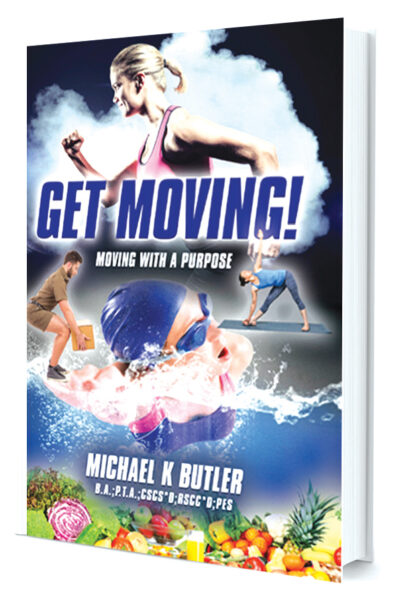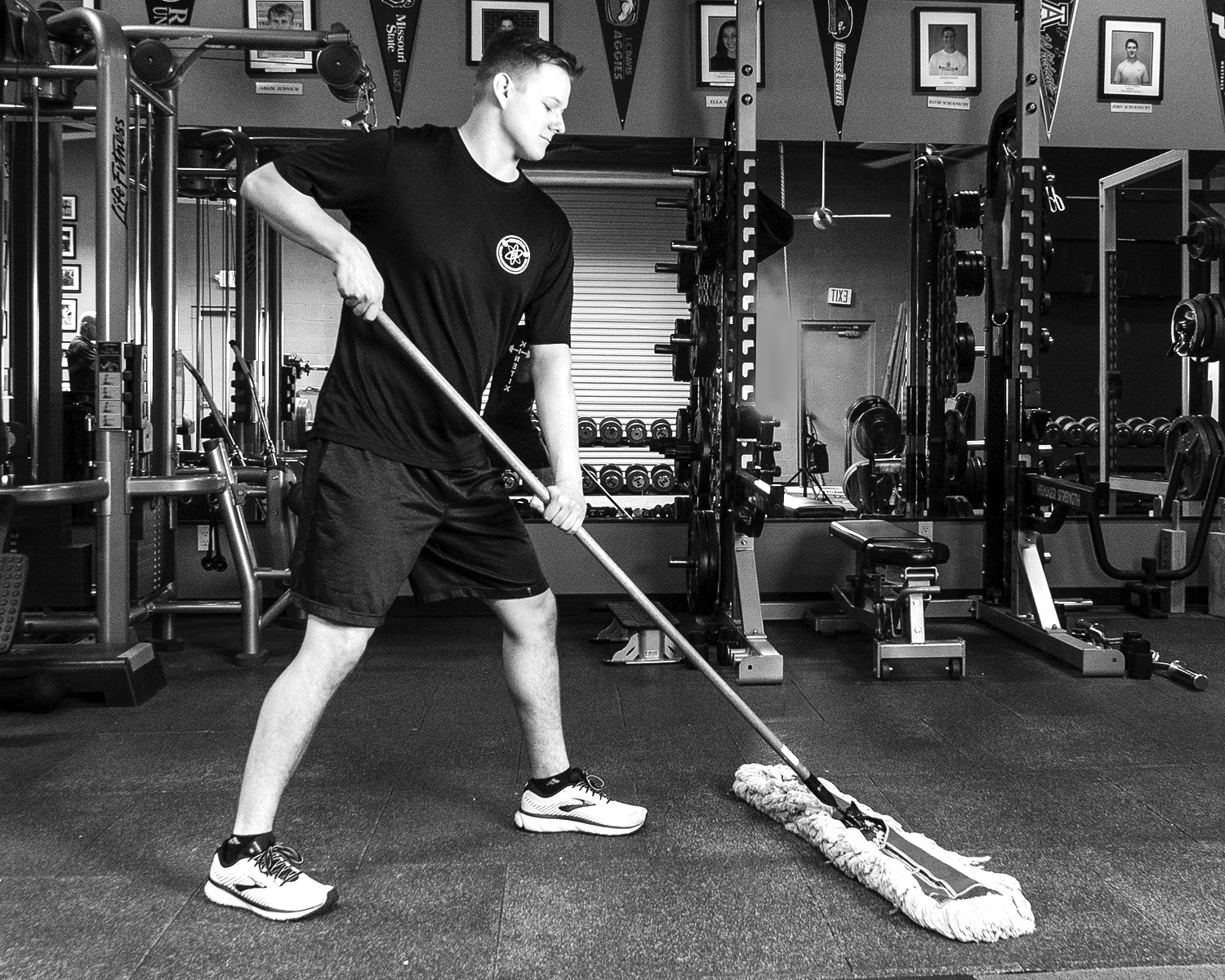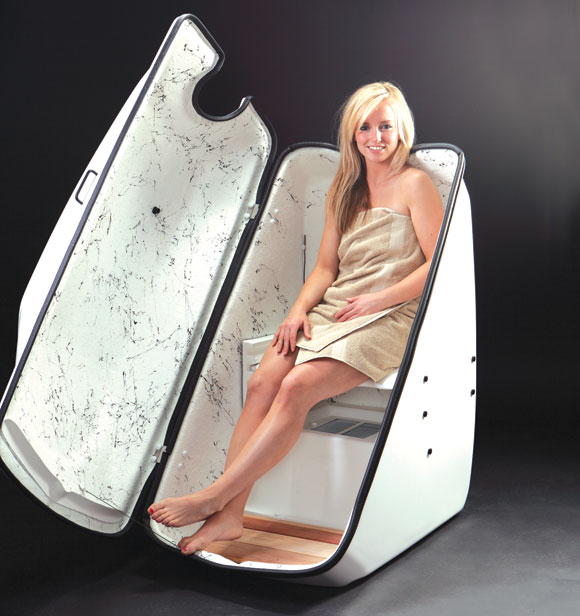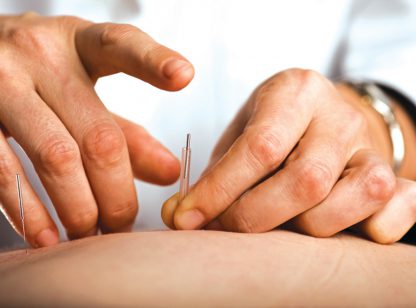It can be frustrating when time is of the essence and you have chores that need to be done. You’ve done these things a million times; they have become routine and it’s necessary to do them in a timely fashion as your busy schedule demands.

Then, something out of the ordinary happens. As you’re putting away dishes, you feel a jolt radiate through your spine. It’s almost debilitating. You grab your back and can’t straighten up; the pain becomes more intense. You ask yourself, “What in the world have I done? I’ve done nothing different, and yet, I injure myself putting away dishes!”
We all get caught up with everyday routines, but few of us think of them as health hazards, yet chore related injuries are common. Our day-to-day activities and work schedules are both contributing factors with inactivity and sitting, which decreases circulation by as much as 80 percent, being a major cause.
On the positive side, there are ways to prevent these injuries from happening. Throughout years of collecting data, I have found that a primary injury movement pattern is when people twist their spines with their feet planted (as in emptying the dishwasher). Another is when people are squatting deeply and reaching overhead or leaning backward (as in going through garage cabinets looking for something).
Knowing which movements to avoid and establishing a consistent stretching and exercise program will enhance strength, allow for better movement under load, and help reduce everyday injuries.
When exercising, there are seven primary movements you should incorporate into your program: squatting, lunging, twisting, bending, reaching, pushing and pulling. All of these movements are involved in everyday tasks, and regular “practice” through an exercise program can help keep you limber and agile.
Think about making a bed, for example. You must reach, pull, push, lunge and sometimes twist. What gets us in trouble is combining these movements and doing them incorrectly. Through exercise, pushing and pulling can be done with a cable machine or chest press followed by a rowing machine; strength to lunge can be taught as squats starting from a seated position and progressing to standing with a bar on your back.
I recently published my third book called Get Moving. It covers all the issues of movement with illustrated pictures on exercises and stretches to keep you agile and help you avoid everyday injuries.
Remember, if we move every day, we create enhanced blood flow, energy and vitality. So, get moving today!
Michael Butler is owner of Kinetix Health and Performance Center in Palm Desert and welcomes questions from readers. He can be reached at (760) 200.1719 or michael@kinetixcenter.com. Get Moving is available through Kinetix or on www.amazon.com.














































Comments (0)